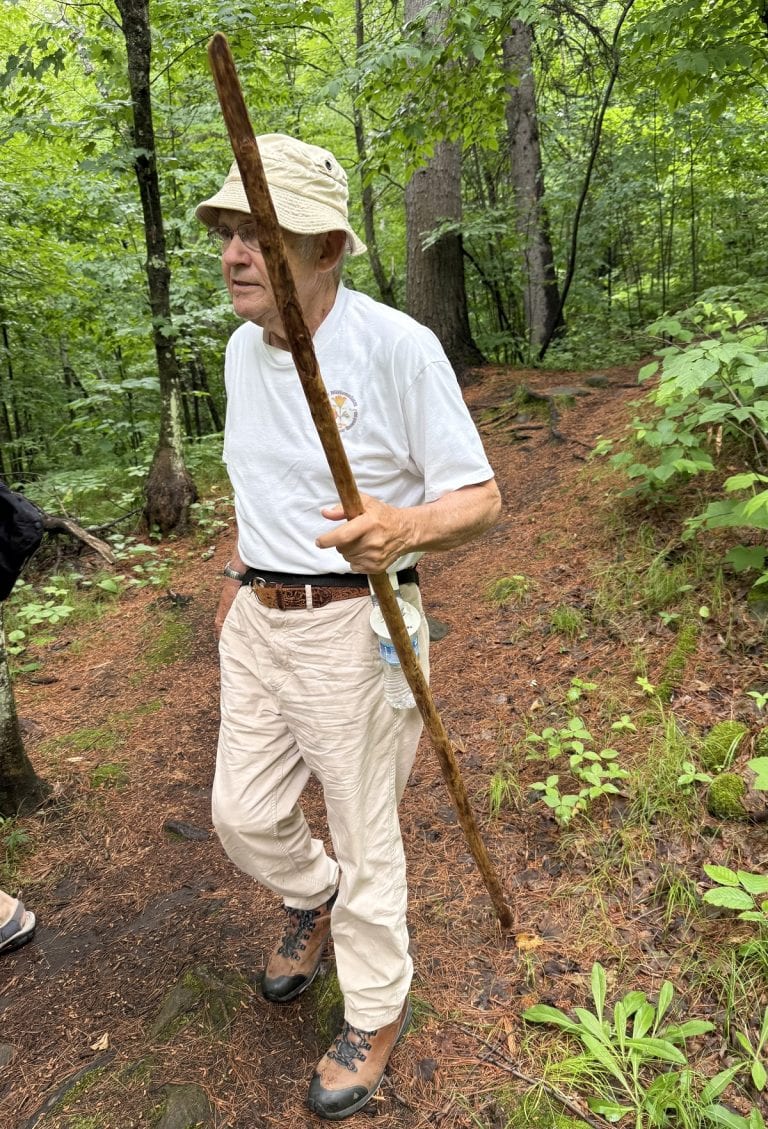Overdoing it on a hike in Grand Teton National Park
On a hiking trip to Wyoming, I chose a trail that sounded perfect. It was in the Teton Mountains and had everything a hiker could want: fall colors, not too much elevation gain, good upkeep, and high ratings on trail apps.
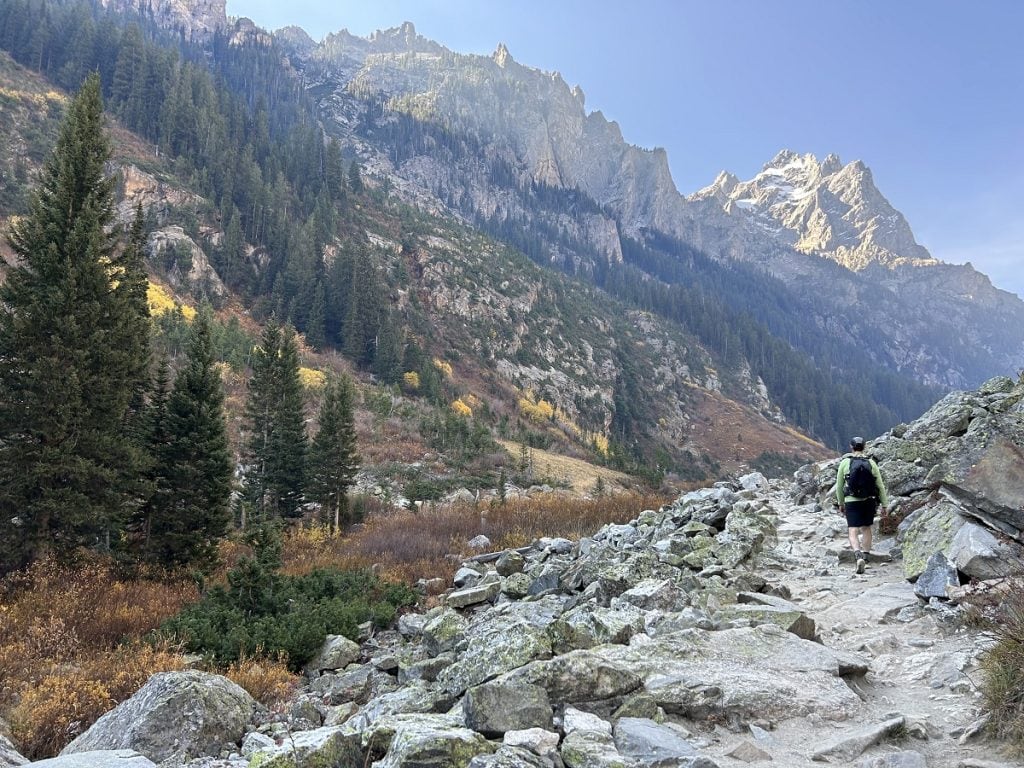
As it turned out, the Cascade Canyon Trail in Grand Teton National Park was more than I bargained for, and by the end of the hike only my pride kept me from “survival shuffling” back to the car.
(Watch the video.)
Making good judgments while outdoors is a skill. The more time you spend outside, the more you learn what works best for you — and how to sniff out a bad idea.
This includes overestimating what you can do physically.
Parkinson’s hiking tip
With a disease that regularly doles out fatigue, pain, and balance and gait issues, the potential risks are greater for hikers with Parkinson’s. Before you hit a trail, read reviews online (the more the better), or talk to a ranger to get a broader picture of the difficulty of a trail. “Moderately difficult” doesn’t mean the same thing to every hiker.

The day of our hike, the Unshakable Husband and I won the weather lottery. Sunshine and warm temps in mid-October was unusual in western Wyoming’s mountains, so we wanted to make the most of our trek.
The Cascade Canyon Trail, a 9.2-mile out-and-back route with a waterfall, is popular for its amazing scenery.
During the summer, getting to the Cascade Canyon trailhead is a breeze – you take a boat from the park’s Jenny Lake visitor center. But in the off season, there’s no such ferry. The dock is closed. Instead, you have to access the trail from the parking lot at String Lake 1.4 miles away.
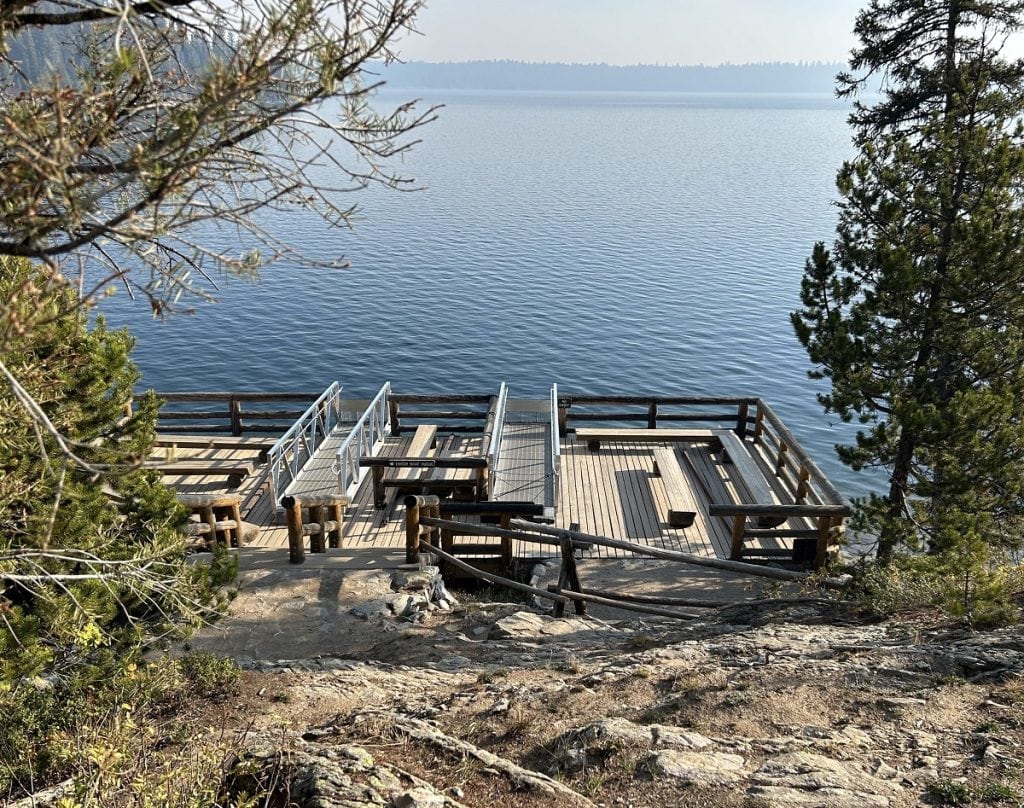
Shortly after our 9:30 a.m. start, and though we had done the math, that additional mileage would soon feel formidable.
The trail goes through a valley and doesn’t have a lot of elevation gain, except at the beginning, just past Hidden Falls (which btw lives up to its name).
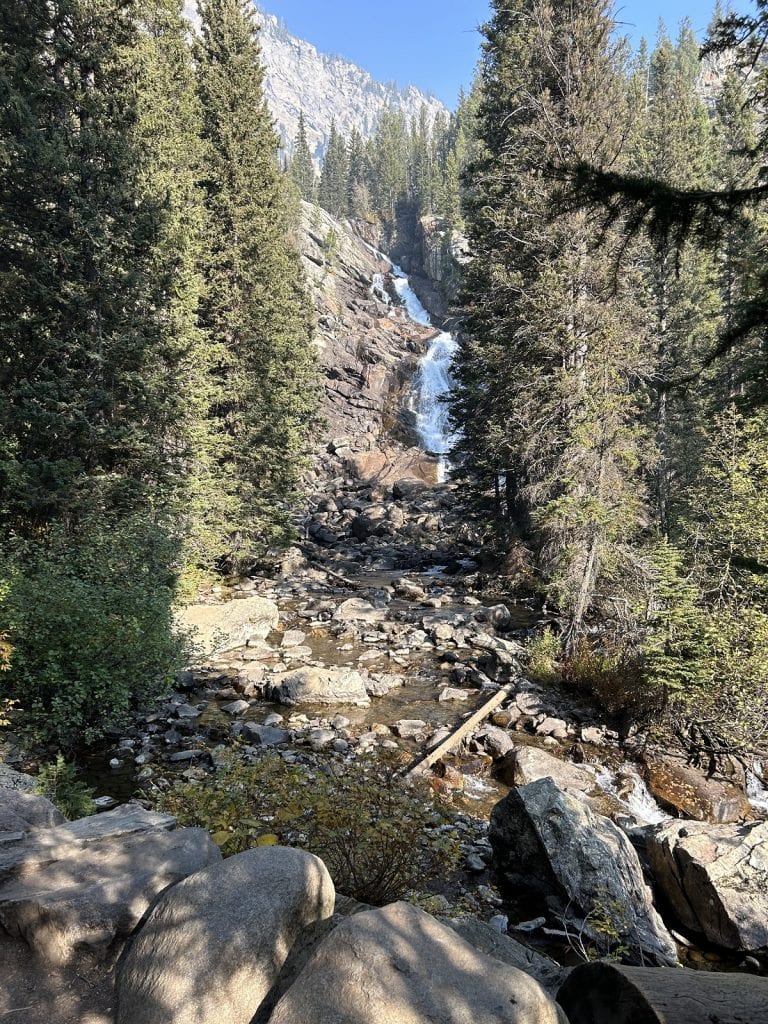
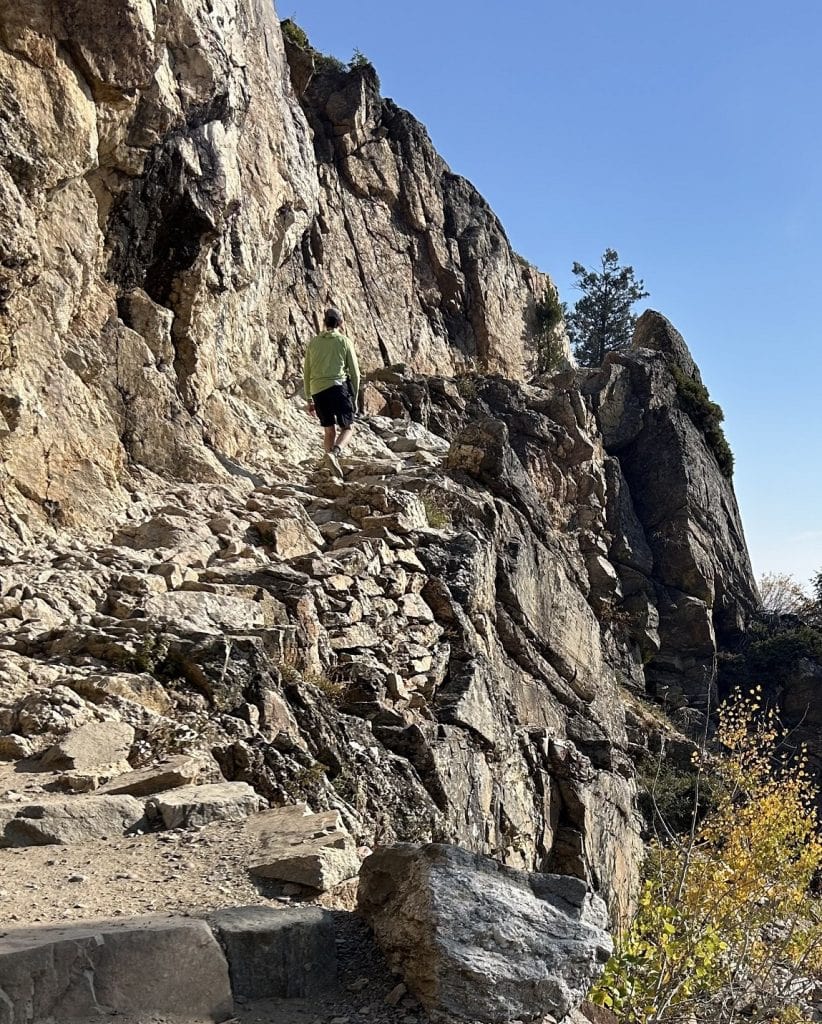
The path on the bluffs that overlook the lake is steep and rocky and requires constant vigilance of where you place your feet.
Parkinson’s hiking tip
Trekking poles are highly advised for safety during this part of the climb. And for stability later on.
At the top are some nice views at Inspiration Point.

Our next challenge was interesting. A couple of hikers coming the other way said a female moose had plopped herself down on the trail ahead, blocking the way. They told us they went around her without a problem. We thanked them and moved ahead, formulating our plan.
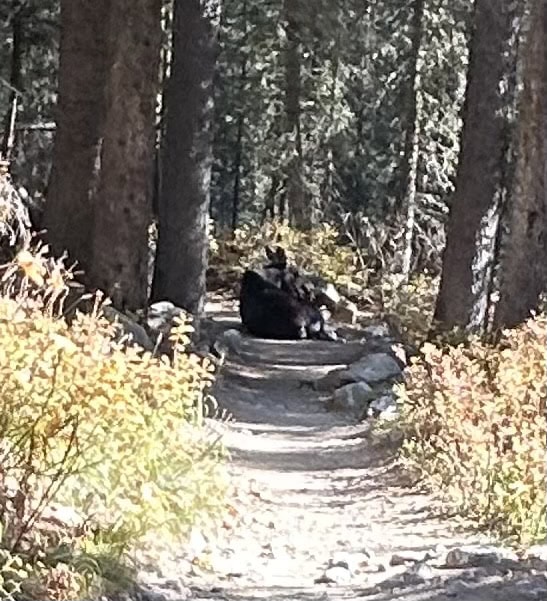
Sure enough, a few minutes later, we spotted the moose up ahead.
We began bushwhacking.
Bushwhacking is basically making your own way off an established trail. In some circles it is frowned upon because it might endanger sensitive plants. Back-country hikers bushwhack all the time.
In a case like this, there was no other way forward. We were worried enough to be cautious, knowing that an animal with 800 pounds of bones and muscles could do some damage. But we also knew that wildlife usually don’t want to be bothered and will move on unless threatened.
Forging a path in the tangled brush far to the right of the trail, we constantly watched to our left. It was hard work and added length to the trek. This would come back to haunt me.
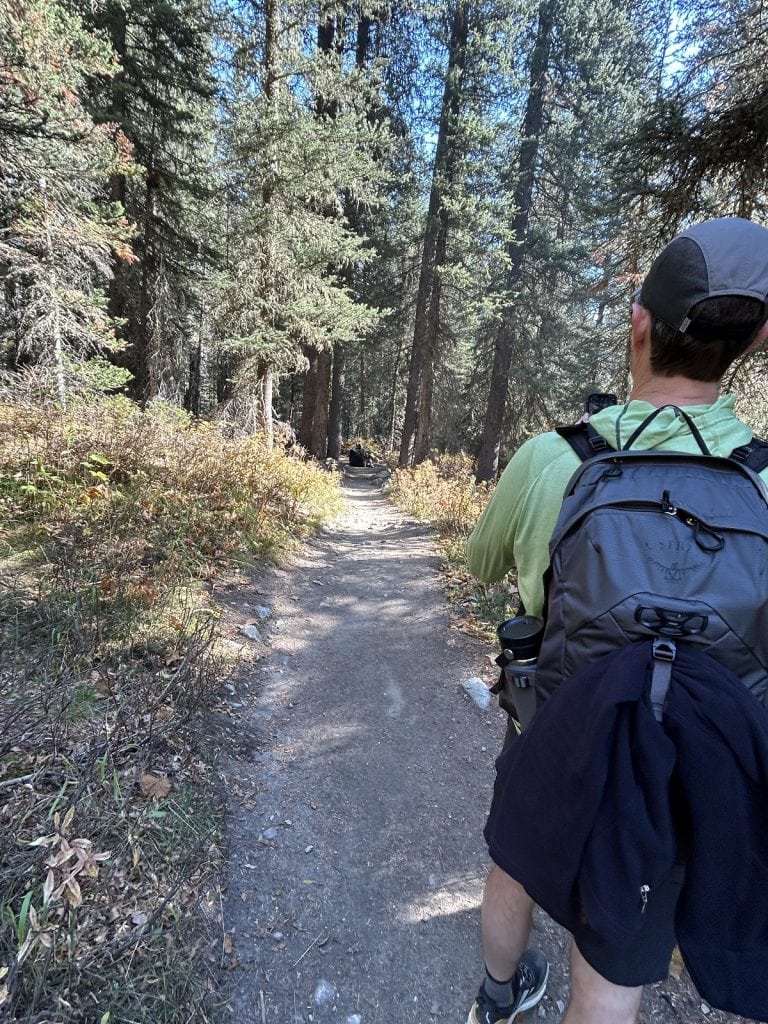
Once certain we were far enough past Mrs. Bullwinkle, we cut back to the trail. She hadn’t budged.
We continued on through a colorful autumn display and mountains on each side of us. The Grand Teton, the highest peak in the park was on our left. The trail goes behind the three iconic mountains, which are usually photographed from the other side.
Parkinson’s hiking tip
The valley is stunning to look at, but with PD, walking and sightseeing at the same time isn’t so easy anymore, especially around trippy rocks. There’s an old jingle for crossing streets that I remember, “Stop, look, and listen.” On the trail, it’s just “stop” and “look.” In that order.
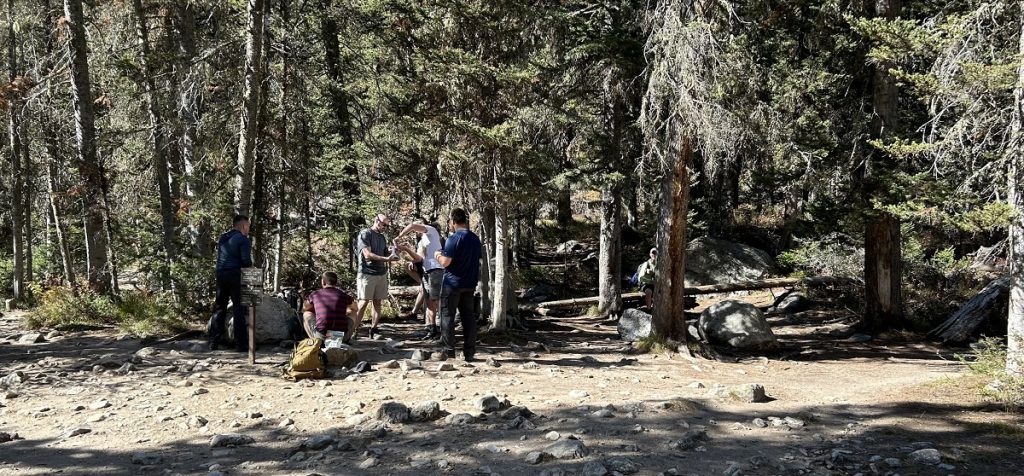
After four hours we reached a junction that signaled the end of Cascade Canyon Trail. There was no sweeping view there, but a shaded area with rocks for sitting was just what we wanted. Other groups had the same idea.
We had gone almost six miles (not counting the bushwhacking), and after some fruit and energy bars, we got ready to head back.
The return trip was a barely noticeable downhill slope. Had we gone uphill on the hike’s first half? We hadn’t noticed. But the slight decline in elevation was welcome.
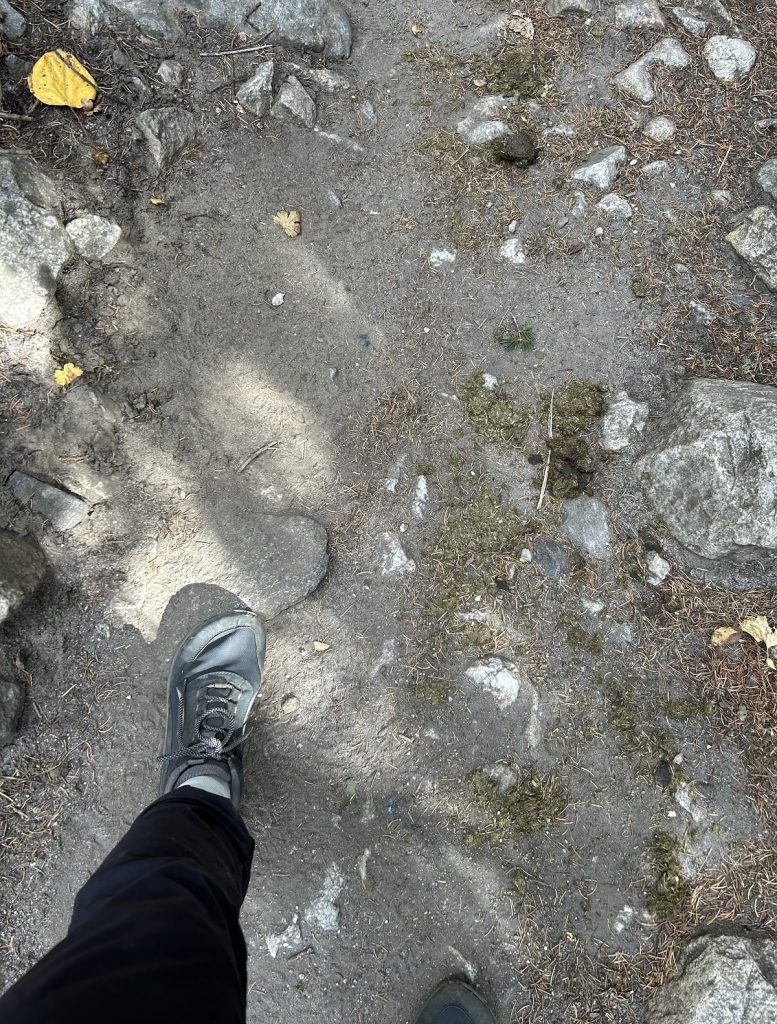
Even so, a couple of miles later, the hike began kicking my butt. I was tired.
I stumbled over rocks because I wasn’t picking up my feet.
I was losing my focus and craved the next break. The trail was just as beautiful from this new angle, but I wasn’t noticing.

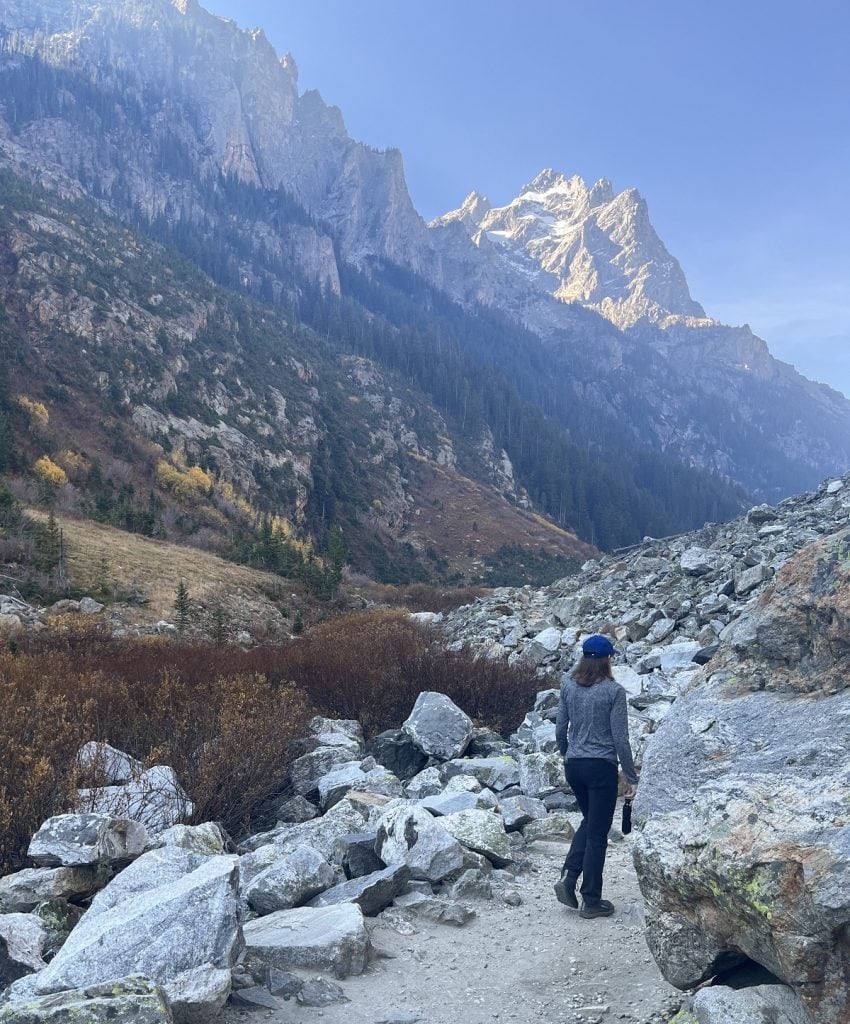
Finally we reached Jenny Lake, and I gave it everything I had left to walk that last 1.4 miles to the parking lot.
With the extra mileage to and from the trailhead, the steeper-than-planned elevation at the start, the bushwhacking, and the fatigue from both traveling and from Parkinson’s disease, it was a more difficult hike than I had expected.
Now that it’s in the past, of course, I’ll remember Cascade Canyon as a beautiful part of our trip. Isn’t it great how our brains and memory do that for us?!
Hike info
PD difficulty level (see chart): Difficult
Distance: 9.2 miles roundtrip; 12 from String Lake and back
Elevation gain: 1,480 feet
Trailhead location: Summers: Take shuttle across Jenny Lake. Off season: Near String Lake parking lot
Cell phone service: Very little
Bathrooms: At Jenny Lake visitor center
Emergency medical support: St. John’s Hospital in Jackson is 45 minutes away. Park has medical services in the summer, too.
Costs: $35 per vehicle for day pass
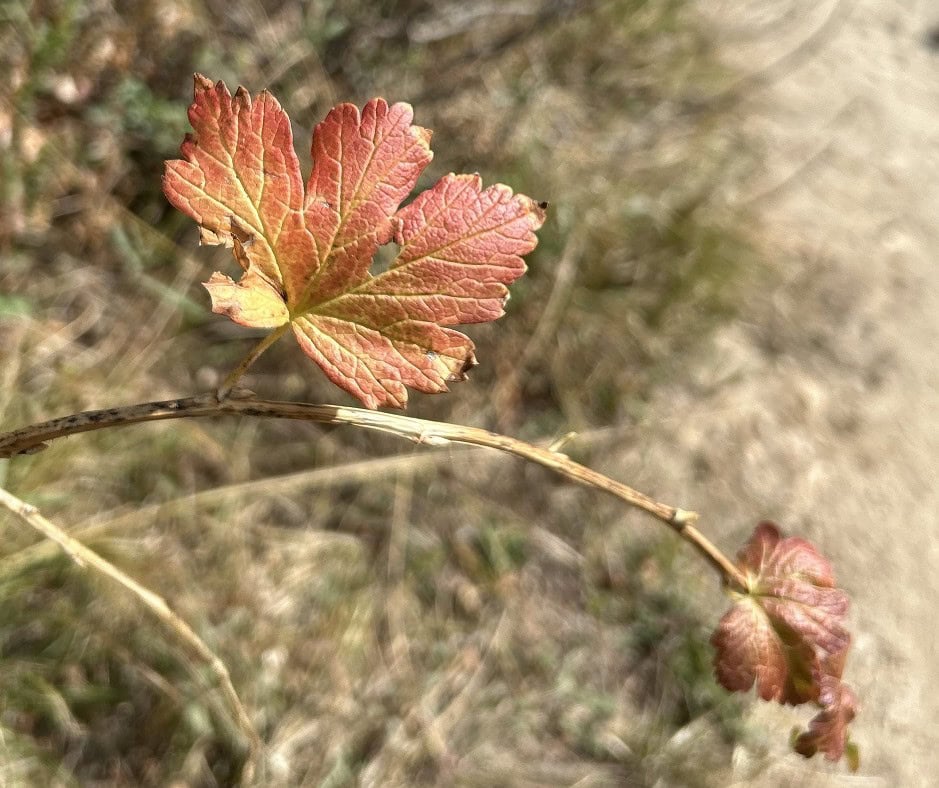
Insider tip: Since this is a popular hike, during high season you’ll want to start very early to avoid crowds.



